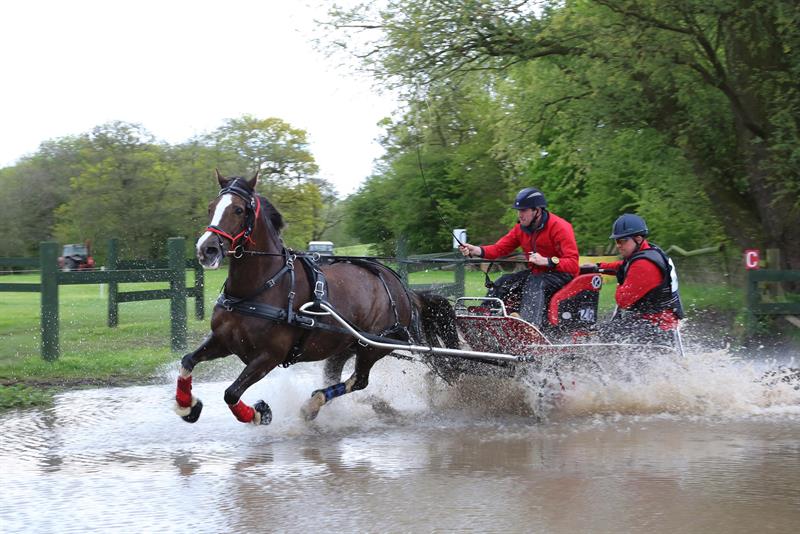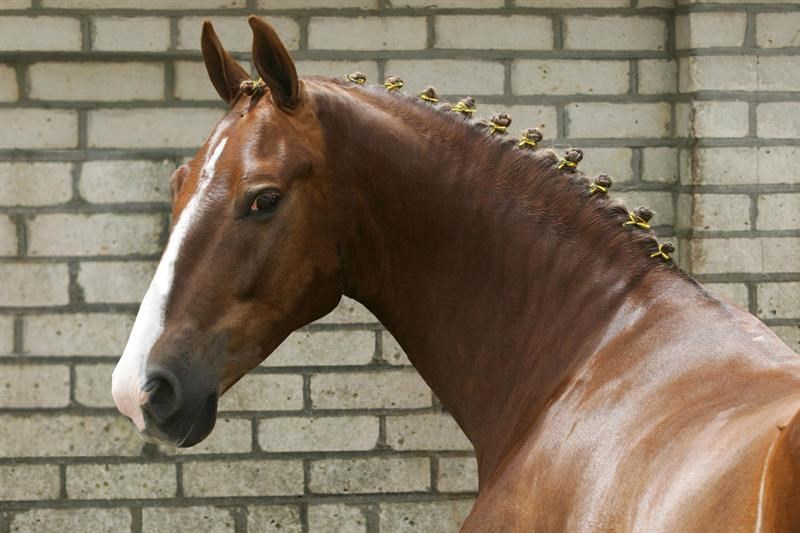A horse in good condition has optimum levels of body fat and is well-muscled for his level of work and fitness. Where that muscle develops is dependent on his work and training but, if the diet is lacking in the right nutritional building blocks, the horse’s body will never quite achieve the musculature required.

First and foremost, the diet must supply sufficient protein, which is the main component of muscle and body tissue and is supplied in only limited amounts by forage (grass, hay, haylage). The higher the workload, the greater the demand for protein to both build more muscle tissue and to repair that which is constantly being damaged during work and performance.
Of equal importance is the quality of that protein, which is determined by the individual amino acid “building blocks” of which it is made. With the right dietary components, the horse’s body can manufacture most amino acids but there are a small number of “essential” ones, like methionine and lysine, which have to be included in the horse’s diet.
Good quality dietary protein sources supply these essential amino acids and included alfalfa, micronised soya and distillers’ grains (a by-product of the brewing industry). Looking out for these ingredients on feed labels is particularly important, if you’re wanting to build muscle and top line.
Clearly, other nutrients are also involved in healthy muscle structure and function, all of which can be found in a good quality compound feed or balancer. Vitamins, minerals and antioxidants are all included at appropriate levels according to the workload the feed is designed to support.
Vitamin E and selenium, for example, are important antioxidants which help neutralise free radicals produced at increased levels as the horse’s workload increases. Minerals, like calcium and magnesium are involved in the transmission of nerve impulses so are essential for correct, sustained muscle contraction.
Ensuring the horse’s diet contains the necessary nutrients for muscle build and function, at levels to meet his requirements, need not be complicated or expensive.
One way to do it is to add a “body-building” supplement to your horse’s existing diet but another, more holistic and probably more cost-effective approach is to take a look at your horse’s base diet and get that right first.
Check that your chosen feed and/or balancer are formulated for the workload your horse is undertaking and then check that you are feeding at recommended levels. Cubes and mixes are designed to be fed by the scoop-full in order to provide a fully balanced diet, alongside forage. Under-feeding – perhaps because you don’t want to feed all those calories – cuts back all the other essential nutrients too so protein, vitamin and mineral levels are likely to be inadequate.
https://www.baileyshorsefeeds.co.uk/library/muscling-up-for-the-season-ahead
